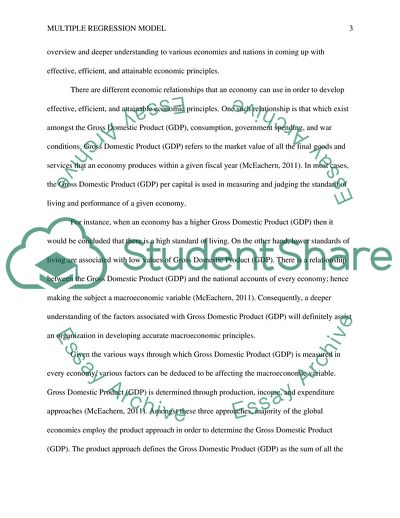Cite this document
(Multiple Regression Model for US GDP Coursework Example | Topics and Well Written Essays - 3500 words, n.d.)
Multiple Regression Model for US GDP Coursework Example | Topics and Well Written Essays - 3500 words. https://studentshare.org/statistics/1796207-develop-a-multiple-regression-model-for-the-gdp-of-the-us-is-explained-by-two-independent-variables-and-one-dummy-variable
Multiple Regression Model for US GDP Coursework Example | Topics and Well Written Essays - 3500 words. https://studentshare.org/statistics/1796207-develop-a-multiple-regression-model-for-the-gdp-of-the-us-is-explained-by-two-independent-variables-and-one-dummy-variable
(Multiple Regression Model for US GDP Coursework Example | Topics and Well Written Essays - 3500 Words)
Multiple Regression Model for US GDP Coursework Example | Topics and Well Written Essays - 3500 Words. https://studentshare.org/statistics/1796207-develop-a-multiple-regression-model-for-the-gdp-of-the-us-is-explained-by-two-independent-variables-and-one-dummy-variable.
Multiple Regression Model for US GDP Coursework Example | Topics and Well Written Essays - 3500 Words. https://studentshare.org/statistics/1796207-develop-a-multiple-regression-model-for-the-gdp-of-the-us-is-explained-by-two-independent-variables-and-one-dummy-variable.
“Multiple Regression Model for US GDP Coursework Example | Topics and Well Written Essays - 3500 Words”. https://studentshare.org/statistics/1796207-develop-a-multiple-regression-model-for-the-gdp-of-the-us-is-explained-by-two-independent-variables-and-one-dummy-variable.


